Optimal Timing for Storm Restorations
Storm restorations are most effective when performed promptly after severe weather events. The optimal time for storm restorations depends on weather patterns, seasonal conditions, and regional climate. Typically, late spring through early fall offers favorable conditions for repairs due to milder weather and longer daylight hours.
These seasons generally provide the best conditions for storm restorations, with minimal rainfall and moderate temperatures that facilitate safe and efficient repairs.
Timely restoration after a storm minimizes damage progression and prevents secondary issues such as mold or structural deterioration.
In regions prone to thunderstorms and tornadoes, preparing for storm restorations during the early months can ensure readiness for peak storm seasons.
Performing restorations during off-peak times can lead to quicker scheduling and potentially lower costs due to less demand.
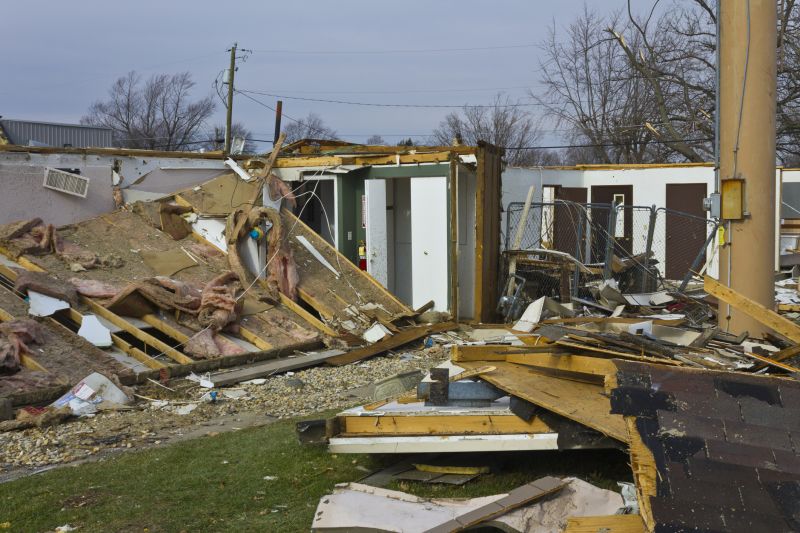
Visual inspection of roof and structural damage following a storm.
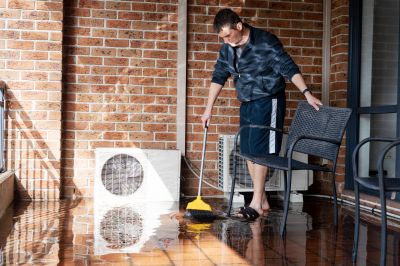
Teams performing quick fixes to prevent further damage.
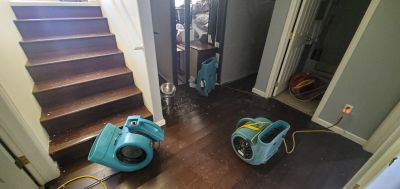
Tools and machinery used during storm damage repairs.

Ways to make Storm Restorations work in tight or awkward layouts.

Popular materials for Storm Restorations and why they hold up over time.

Simple add-ons that improve Storm Restorations without blowing the budget.

High-end options that actually feel worth it for Storm Restorations.

Finishes and colors that play nicely with Storm Restorations.

Little measurements that prevent headaches on Storm Restorations day.
| Season | Advantages |
|---|---|
| Spring | Longer days, moderate temperatures, optimal for repairs. |
| Summer | Dry weather, extended daylight hours, quick turnaround. |
| Early Fall | Reduced storm activity, favorable weather conditions. |
| Winter | Limited due to snow, ice, and cold temperatures. |
Storm restorations involve repairing and restoring properties damaged by severe weather events such as high winds, hail, and heavy rain. Proper timing ensures that damage is addressed before it worsens, reducing long-term costs and structural issues. Accurate assessment and swift action are critical components of effective storm restoration strategies.
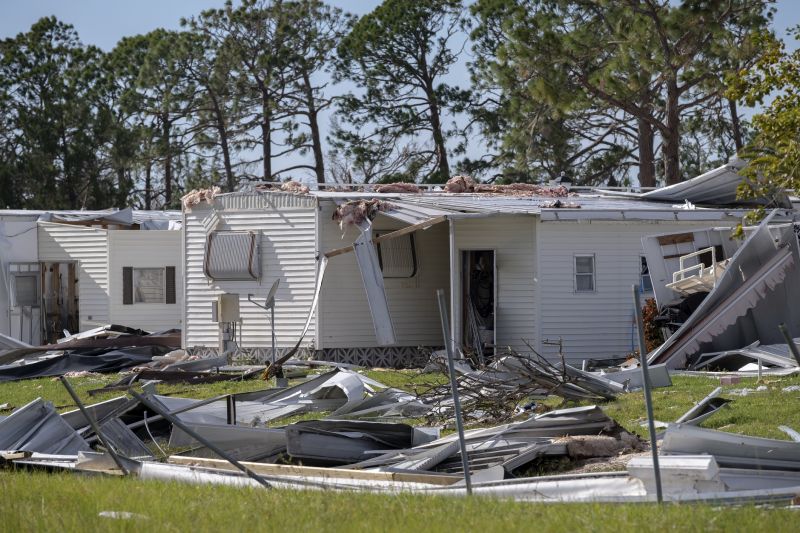
Extensive roof and siding damage caused by high winds and hail.
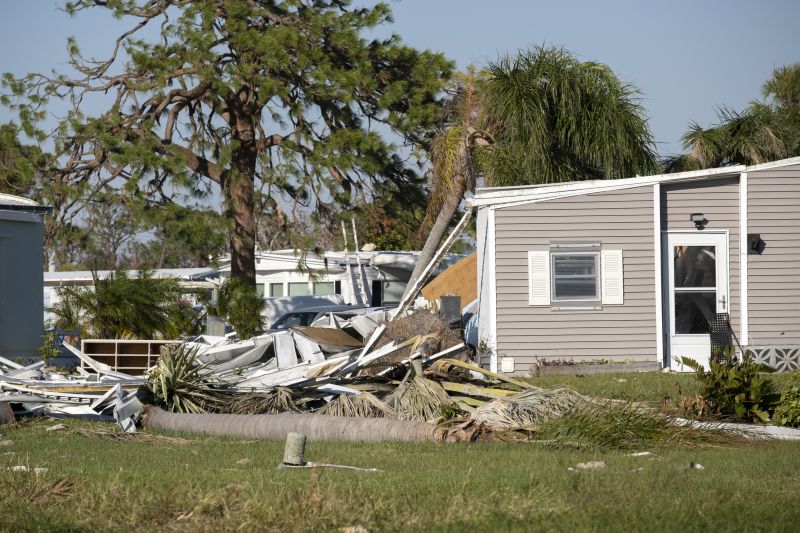
Step-by-step repair of storm-affected areas.

Restoration specialists performing repairs on-site.

Completed restoration showing restored roof and siding.

A 60-second routine that keeps Storm Restorations looking new.
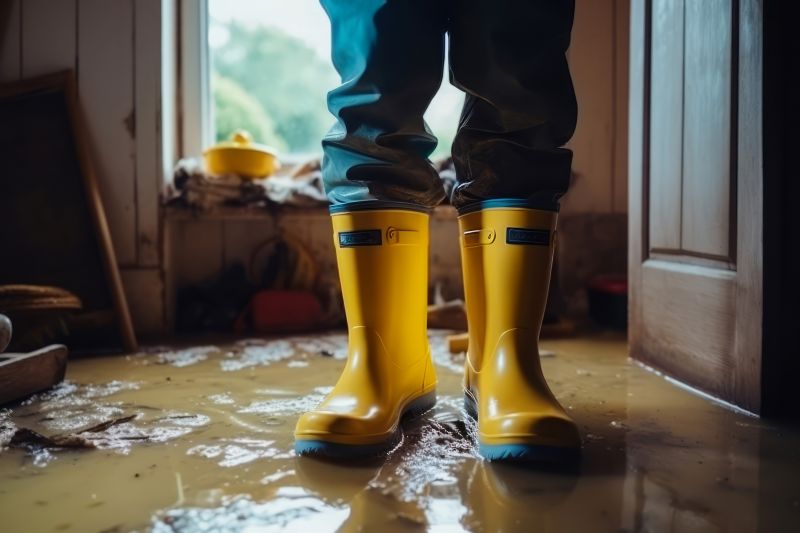
A frequent mistake in Storm Restorations and how to dodge it.

Small tweaks to make Storm Restorations safer and easier to use.
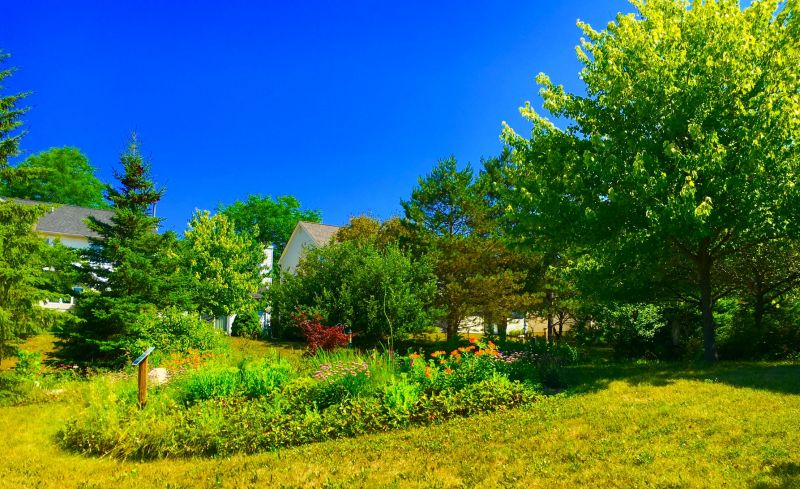
Lower-waste or water-saving choices for Storm Restorations.
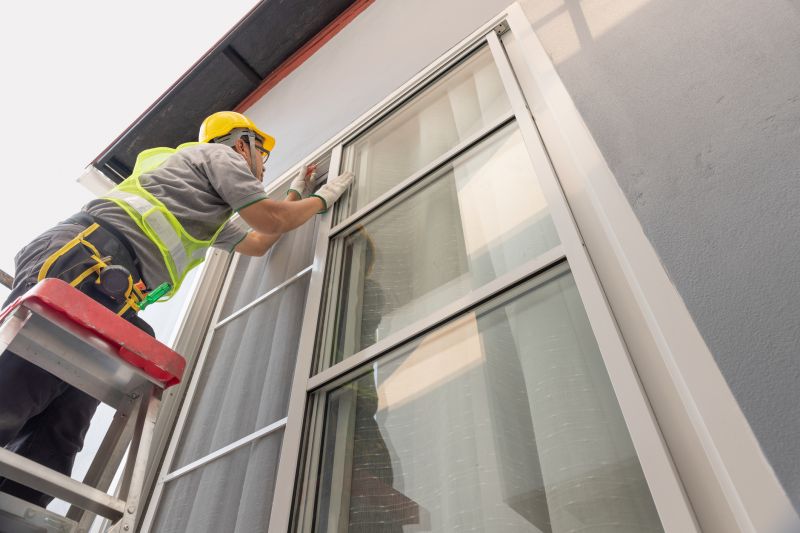
The short, realistic tool list for quality Storm Restorations.
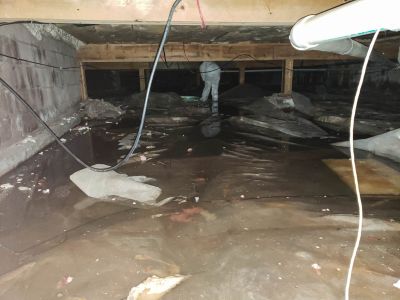
Rough timing from prep to clean-up for Storm Restorations.

Quick checks and paperwork to keep after Storm Restorations.

Examples that show the impact a good Storm Restorations can make.
Interested in storm restoration services? Fill out the contact form for more information.
